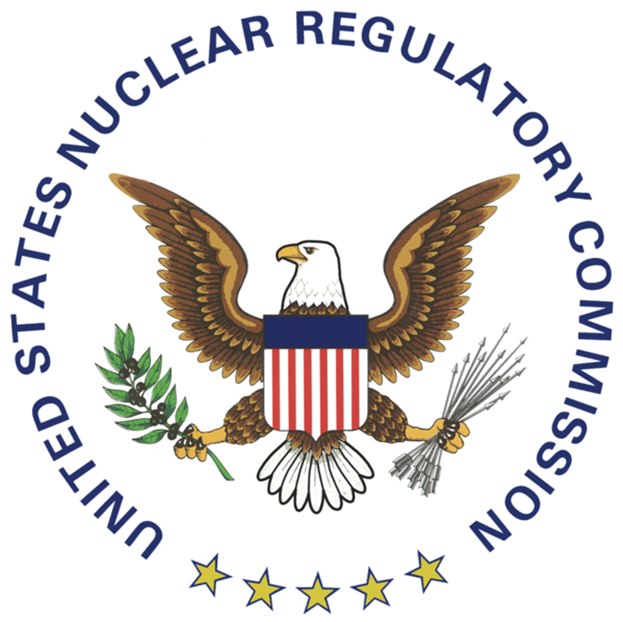Nuclear Reactors 563 - The Nuclear Regualory Commissions Works To Improve Protection From High Energy Arc Failures - Part 1 of 2 Parts
The U.S. Nuclear Regulatory Commission defines a high energy arc fault (HEAF) as “… a very intense abnormal discharge of electrons between two electrodes that are carrying an electrical current. Since arcing is not usually a desirable occurrence, it is described as an arcing fault.” Nuclear power plants generate electricity and use some of the generated electricity to power equipment in the plant. The electricity is carried through cables or metals bars which are called “buses”. When electricity jumps from the cables or buses to some nearby metal object, that is an arc.
Electricity is available in different voltages for different types of devices. Consumer and office electronics use 120-volts. Nuclear power plants usually employ electric power at higher voltages including 480-volts, 4,160-volts and 6,900-volts. The main generators of a nuclear power plant produce 22,000-volt electricity which is then stepped up to 345,000-volts in order to make the electricity flow efficiently in the transmission lines of the power grid being fed by the nuclear reactor.
Last year, there was an explosion and fire at the Turkey Point nuclear plant in Florida. A HEAF at the plant was the cause of the accident. The NRC has been aware of the danger of HEAFs at nuclear power plants but a final resolution for the problem has been elusive.
Nuclear power plants employ what is called a “defense-in-depth” to support nuclear safety. Preventative measures are in place to stop HEAF events and there are additional measures to minimize the consequences of any HEAFs that do occur.
One of the preventative measures consists of rules and restrictions on the handling of electrical cables when they are installed. There are defined limits on exactly how much a worker is allowed to bend or twist a cable. There are also limits on how much force can be applied when pulling cables through walls to ensure that their insulation which protects against arcs is not damaged. Another preventative measure consists of detecting an arc as it occurs and automatically shutting off a circuit breaker to reduce subsequent damage.
Measures that are dedicated to reducing the consequences of an arc include creating what are called zones of influence (ZOI) around pieces of equipment that are powered by electricity. For example, an electrical cabinet is a metal box that contains circuit breakers, relays and other control devices. Current regulations for fire protection mandate a three-foot ZOI around the sides of an electrical cabinet and eighteen inches above an electrical cabinet. It is assumed that if there is a HEAF in an electrical cabinet, then all the components in the cabinet might be damaged. This means that there must be redundant equipment outside of the cabinet and its ZOI that can take over and cool the nuclear reactor if necessary.
The Nuclear Energy Association issued a report in May of 2017 that said “The electrical disturbance initiating the HEAF often causes loss of essential electrical power and the physical damage and products of combustion provide significant challenges to the operators and fire brigade members handling the emergency. It is clear that HEAFs present one of the most risk significant and challenging fire scenarios that a [nuclear power plant] will face.”
Please read Part 2
